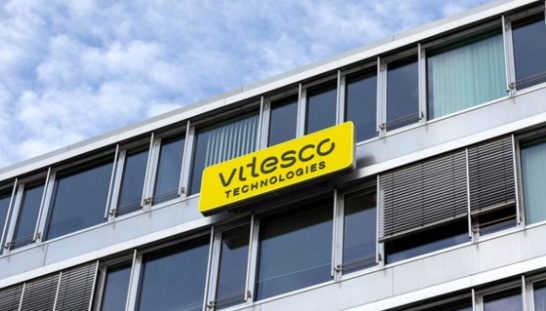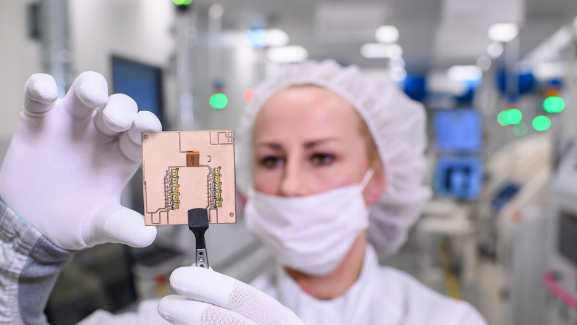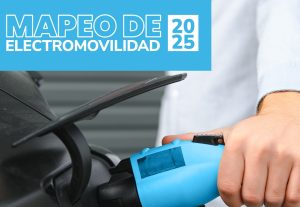Vitesco Technologies Mexico is working on several projects for electric mobility. One of them is the design of a new dual antenna Battery Management System (BMS) with wireless management, which will facilitate the manufacture and operation of the device in electric vehicles.
According to a report released by Mexico Industry, the BMS allows communication between the cell monitor and the battery manager to be wireless, eliminating 100% of the wires for electric vehicle charge management and battery status monitoring, which is critical to maintaining user safety.
The dual antenna wireless technology, developed by Vitesco Technologies Mexico, has the best practices in design, development, quality testing and production.

Applied Technology
Vitesco Technologies R&D, located in Guadalajara, has the infrastructure to perform the wireless tests, which will fulfill two objectives: to electrically test the device and the wireless operation, which is the technology that is being used for the first time in the management and control of batteries in the automotive sector in Mexico.
In this regard, Bruno Salinas, HW Design Group Leader, highlighted the advances that have been made in the last decade. “We have seen how technology is developing in Guadalajara. Now the design leadership is in the city and we have all the engineering capabilities to develop projects like this one.”
Read also: Geotab: First Company to Receive an Executive Order to Comply with California’s Climate Regulations
The infrastructure consists of isolated chambers to test the antennas, the energy radiated, verify if it communicates correctly to know its voltage, its state of health, its load, if it has the right power, and if the radiation pattern is adequate.
Vitesco highlights the attributes of a BMS for electric cars such as savings for OEM’s, since less wiring is required and the manufacturing and assembly process is facilitated; in addition to the fact that the device weighs less, has fewer harnesses, greater load capacity to achieve greater autonomy and power and software updates are also done wirelessly.




